The project primarily addresses Workplace Design by developing, integrating and evaluating innovative workplace technologies for creating innovative and new workplace environments in the building industry sector. It aims to improve the process of building design and construction by enabling the user groups to operate both more efficiently and with better interaction. The project addresses the three key building construction phases: Client-Briefing, which requires detailed interaction with the client; Design Review, which requires detailed input from multidisciplinary teams of architects, engineers, and designers; and Construction, whose function is to fabricate and/or refurbish the building/s. The objective is to produce a prototype virtual workspace that will enable the three key phases to be visualised and manipulated, thus enabling better design and planning through greater interaction between all stakeholders. This will result in improved productivity and design; lower building costs with reduced waste, and improved safety both in the final building and also the construction process. The key milestones are the development of three modules for construction workspaces and their integration into the prototype system. CRS4 is the partner in charge of the development of multiresolution components for handling large tessellated models. Finite element methods have established themselves in the industry as one of the methods of choice for simulating global illumination, mainly because their results are well suited for inspection in virtual reality simulators. Unfortunately, the method is not well suited to scenes containing highly tessellated objects, because both of memory and time complexity constraints. The objective of this work has been to remove this limitation, by employing multiresolution modeling techniques. Our work led to the following results: definition of algorithms and data structures for multiresolution handling of large tessellated models: the data structure is based on a face cluster hierarchy, and the algorithms deal with creation of multiresolution models from triangle meshes, multiresolution answers to geometric queries, and integration within the framework of a finite element vector radiosity solver (irradiance gathering, irradiance and radiosity push-pull); creation of a multi-platform software library, that supports face-clustering and vector radiosity. The library has been implemented in C++ and runs on Linux, SGI IRIX, and Win32 platforms; definition of a higher order extension of the face cluster radiosity technique. The proposed technique combines face clustering, multiresolution visibility, vector radiosity, and higher order bases with a modified progressive shooting iteration to rapidly produce visually continuous solutions with limited memory requirements; definition of a technique for quickly rendering view-dependent vector radiosity solutions using OpenGL vertex programs. Using our method, visually compelling global illumination solutions for non-diffuser scenes of over one million input polygons can be computed in minutes and examined interactively on common graphics personal computers.
Chiudi




